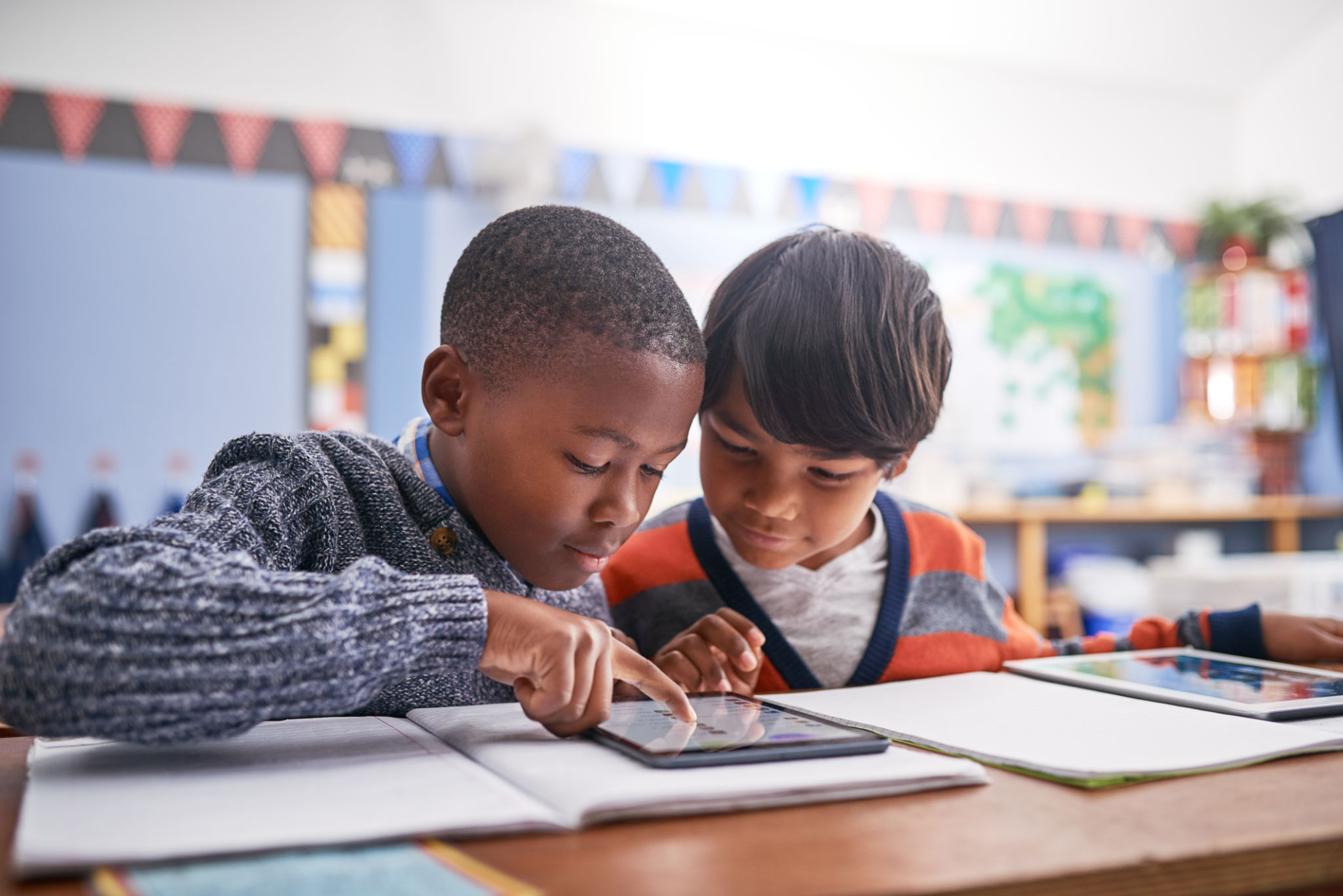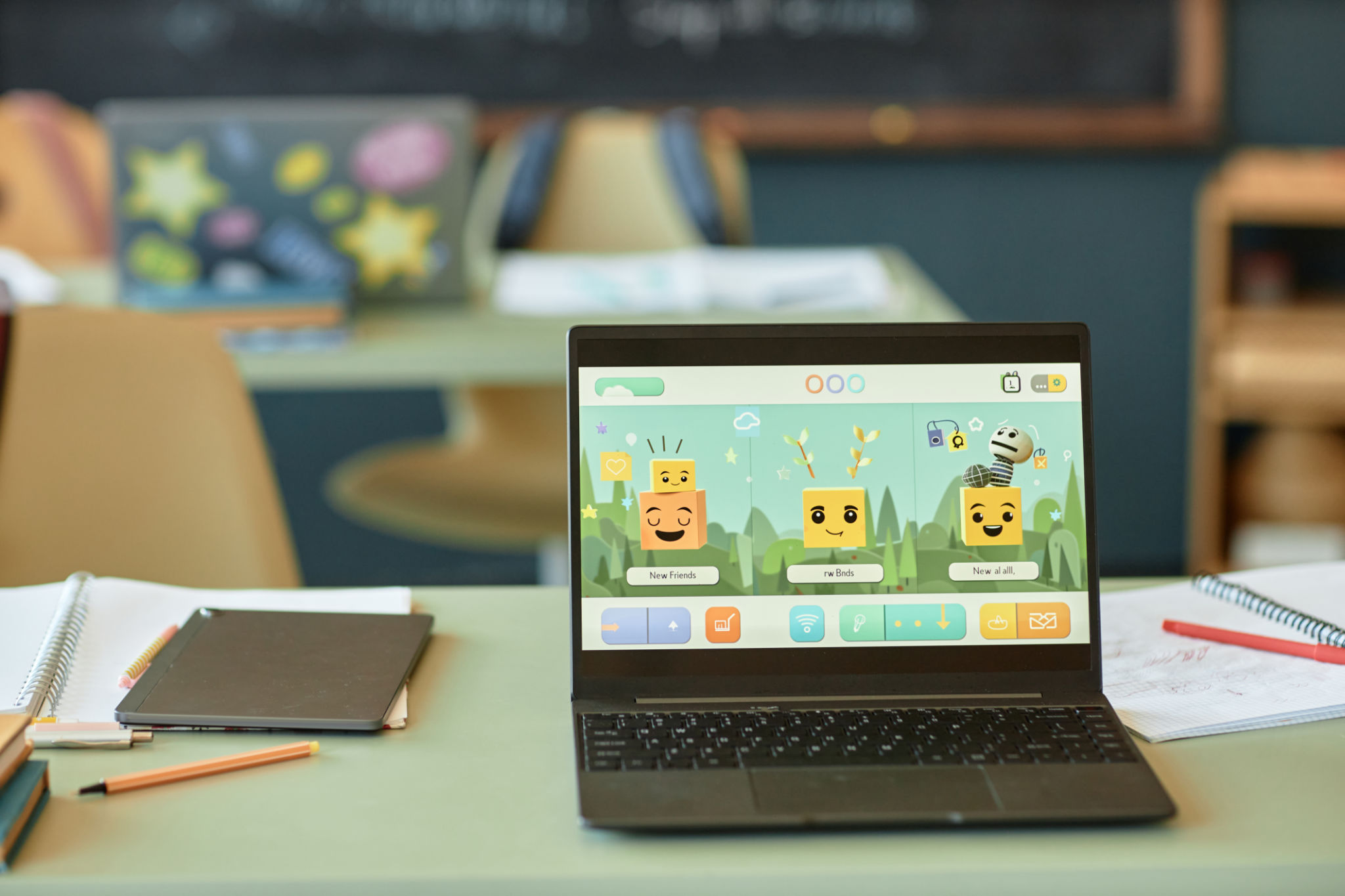Innovative Teaching Methods in Modern Education Centers
Embracing Technology in the Classroom
Modern education centers are increasingly integrating technology into their teaching methods to enhance learning experiences. From interactive whiteboards to tablets, technology is transforming the way educators engage with students. By incorporating digital tools, teachers can create a more dynamic and interactive classroom environment, which can significantly boost student engagement and understanding.

One of the most significant advantages of using technology in education is the ability to personalize learning. With adaptive learning software, students can receive personalized assignments and feedback tailored to their specific needs and learning pace. This personalized approach ensures that each student can progress at their own speed, allowing for a more inclusive educational experience.
Project-Based Learning
Project-Based Learning (PBL) is another innovative teaching method gaining traction in modern education centers. This approach encourages students to learn by actively engaging in real-world and meaningful projects. PBL not only enhances critical thinking and problem-solving skills but also fosters collaboration and communication among students.
By working on projects, students can learn how to apply theoretical knowledge to practical scenarios, bridging the gap between classroom learning and real-life applications. Furthermore, PBL often involves cross-disciplinary content, which helps students develop a more holistic understanding of various subjects.

Flipped Classroom Model
The flipped classroom model is revolutionizing traditional teaching methods by reversing the typical learning environment. In this model, students are introduced to new content at home through video lectures or reading materials, while class time is dedicated to exercises, projects, or discussions that deepen their understanding.
This approach allows educators to spend more time interacting with students and addressing individual questions or difficulties. It also encourages students to take responsibility for their own learning, promoting autonomy and self-discipline.
Gamification in Education
Gamification is an innovative strategy that leverages game design elements in educational settings to increase student motivation and engagement. By incorporating elements such as point scoring, leaderboards, and rewards, educators can create a fun and competitive learning environment.

This method not only makes learning more enjoyable but also encourages students to pursue continuous improvement. Gamification can be applied across various subjects and age groups, making it a versatile tool for educators aiming to foster a positive and motivated classroom atmosphere.
Collaborative Learning Platforms
Collaborative learning platforms are becoming increasingly popular as they allow students to work together on assignments and projects in an online environment. These platforms facilitate communication and collaboration by enabling students to share ideas, resources, and feedback in real-time.
By using collaborative tools, students can develop essential teamwork skills that are crucial for success in today's interconnected world. Additionally, these platforms often provide educators with valuable insights into student progress and participation, enabling them to tailor their teaching strategies accordingly.
